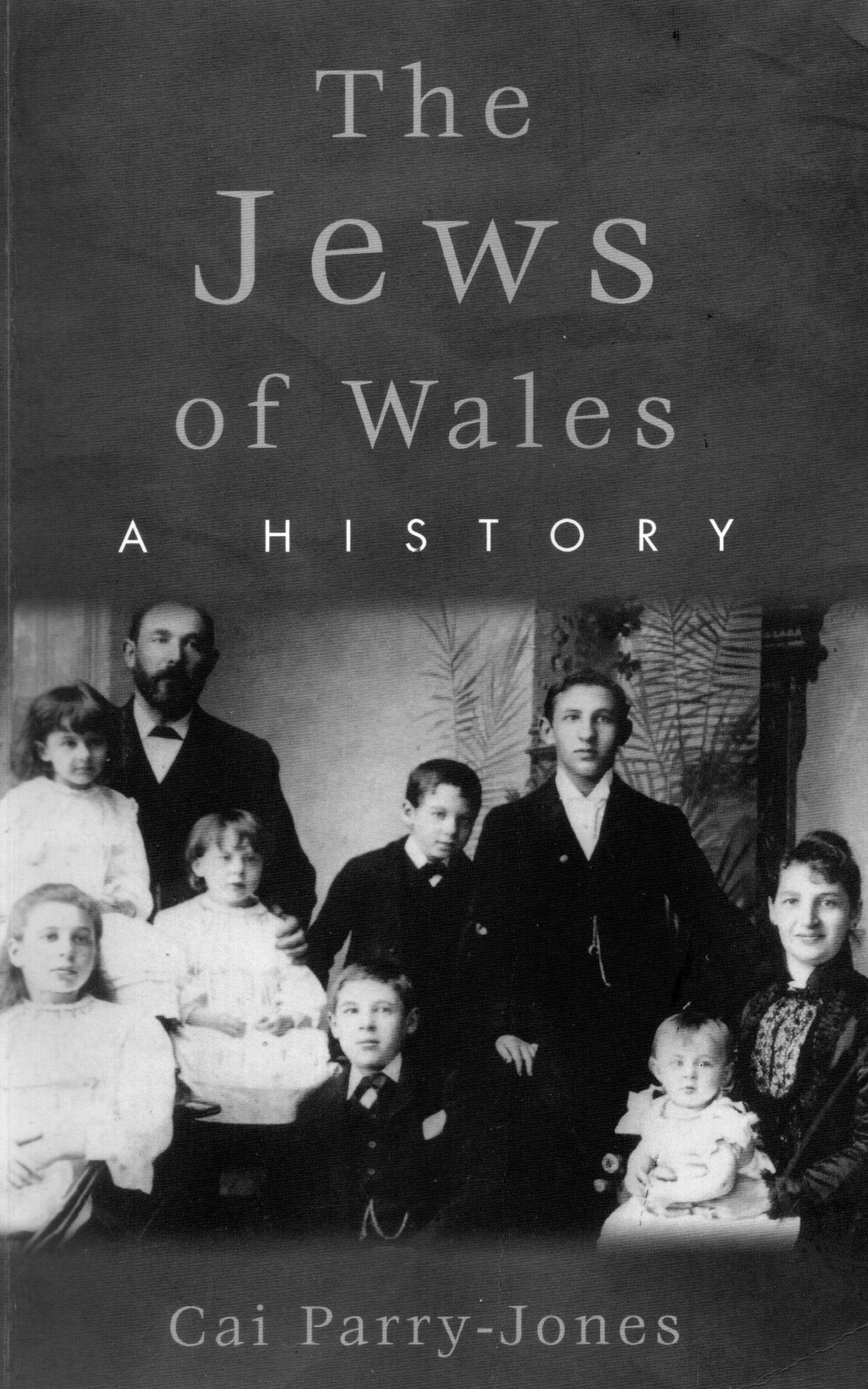
Archives & Inspiration
Leo Baeck Institute Archives
The Leo Baeck Institute – New York/Berlin is a research library and archive that focuses on the history of German-speaking Jews. It’s extensive library, archival, and art collections comprise one of the most significant repositories of primary source material and scholarship on the centuries of Jewish life in Central Europe. The institute is named for Rabbi Leo Baeck, the last leader of the Jewish Community in Germany under the Nazis, who survived Theresienstadt. More about the Institute
Otto Einstein Collection 1918-1939
Otto Einstein’s collection at the Leo Baeck Institute contains papers related to Otto Einstein’s military service during the first World War, including his Iron Cross first class certificate. The later papers include Nazi-era recognitions of his earlier military service, a permit to practice as a doctor (revoked in 1938), a list of weapons he was forced to relinquish, and a farewell letter from the Stuttgart Jewish community upon his emigration. Available through Leo Baeck Institute Archives (AR 6844).
Prescription stamped with Jewish star. In 1938 the majority of Jewish doctors were decertified. This is evidence that Dr. Otto Einstein was demoted to the equivalent of a male nurse.
First cousins, Jenny Einstein and Albert Einstein, Princeton, New Jersey, 1934. The archive will also include photographs and correspondence from the collection of Judith Samuel documenting the lives of Otto and Jenny Einstein and the Einstein family, including daughters, Lisa Sofie Einstein (Samuel) and Eva Einstein, sons, Hans Lehmann, Robert Einstein, and George Einstein.
The German-Speaking Jewry Heritage Wing, Hecht Museum, University of Haifa, Israel
Growing up in Los Angeles in the living room of our house on Kilkea Drive there was a beautiful wooden cabinet. Five feet square, carved with angels and columns, it seemed so important to me. A family heirloom, its’ original owners were Simon (b.1808) and Fanny Bing (b. 1808) who lived in Hechingen, Germany. The cabinet travelled with family members, ending up in Israel.
My parents Ben and Lisa Samuel moved from California to Israel in 1970. I visited them many times. On my last visit in 2011, my mother, Lisa had reached the age of 100. The beautiful wooden cabinet was no longer with her. It was obvious that the cabinet needed a new home. The cabinet is now in the collection of the German-Speaking Jewry Heritage Wing, Hecht. The cabinet is now in the collection of the German-Speaking Jewry Heritage Wing, Hecht Museum, University of Haifa, Israel, scheduled to open to the public in September 2025.
The cabinet was built for Simon (1808-1869) and Fanny Bing (1808-1869) who lived in Hechingen Germany. They are Lisa née Einstein Samuel's great, great grandparents. The portraits were donated to the museum by Susan and Dan Einstein.
Samuel Family Beginnings in Wales
At the turn of the 20th century, my grandfather Jacob Samuel emigrated from the Ukraine’s Pale of Settlement to Tredegar, a small town in the Welsh mining valleys. With no knowledge of English, he began work as a peddler, selling household goods, the same way he made a living in the Pale. Jacob, a quiet scholarly man, developed good relationships with the villagers. With time, he and my grandmother Malkah opened a small retail business in Tredegar.
American historian, Hasia R. Diner wrote, “Each new peddler arriving in a place encountered another Jew who had already ceased his days on the road…Knowing in advance that person would jump-start his career providing each immigrant peddler with the confidence to undertake the journey.” Jacob Samuel was welcomed to Wales by his brother-in-law, also from the Pale, who began his life as a peddler and helped Jacob begin his acculturation process.
My grandfather, Jacob Samuel, in the 1940s, years after he walked the Welsh valleys as a peddler.
American author, Hasia R. Diner’s landmark study of Jewish migrations and the peddlers who lead the way to a new start.
My grandmother, Malkah Samuel, in the family's grocery shop, Tredegar, South Wales, 1920s
The Welsh Jews
Whenever I tell people I was born in Wales, they usually say, they didn’t know that Jewish people live in Wales. During the late 19th and early 20th centuries, the Jewish population of Wales grew when Wales was experiencing growth in its coal mining and tin industries. There was a need for commerce, something that Jewish emigrants could provide. Most Jews began their lives as peddlers, merchants, and traders, just as they had done in the old country.
Cai Parry-Jones, author of The Jew of Wales: A History is a social historian, a Trustee of Oral History Society, and Fellow of the Royal Historical Society.
My father's family: Jacob and Malkah Samuel and children, Sam, Ada, Moses, Barnett, Sophie, and Benjamin (my father), Tredegar, South Wales, 1910.
British author Cai Parry-Jones documents the history of the Jewish population of Wales, including significant oral histories.






